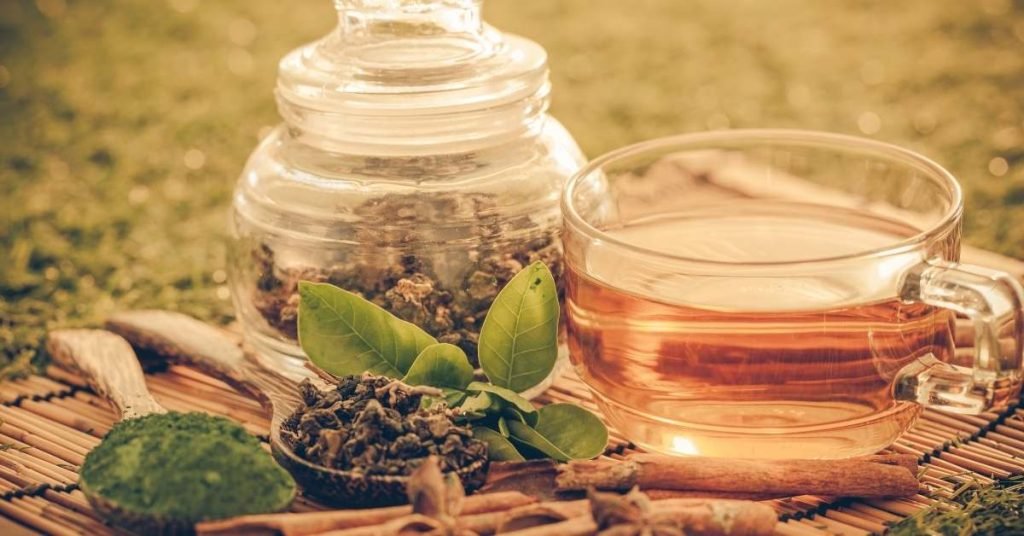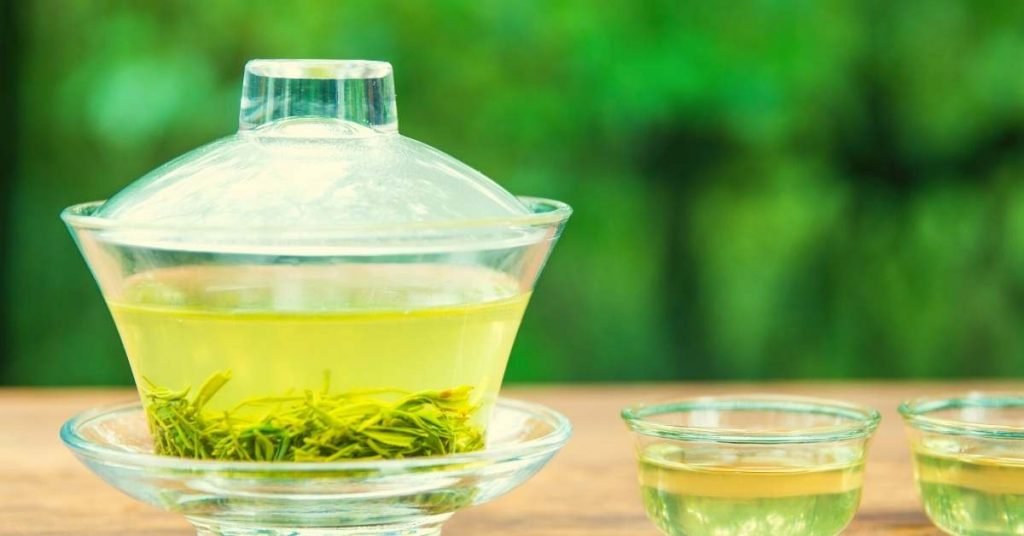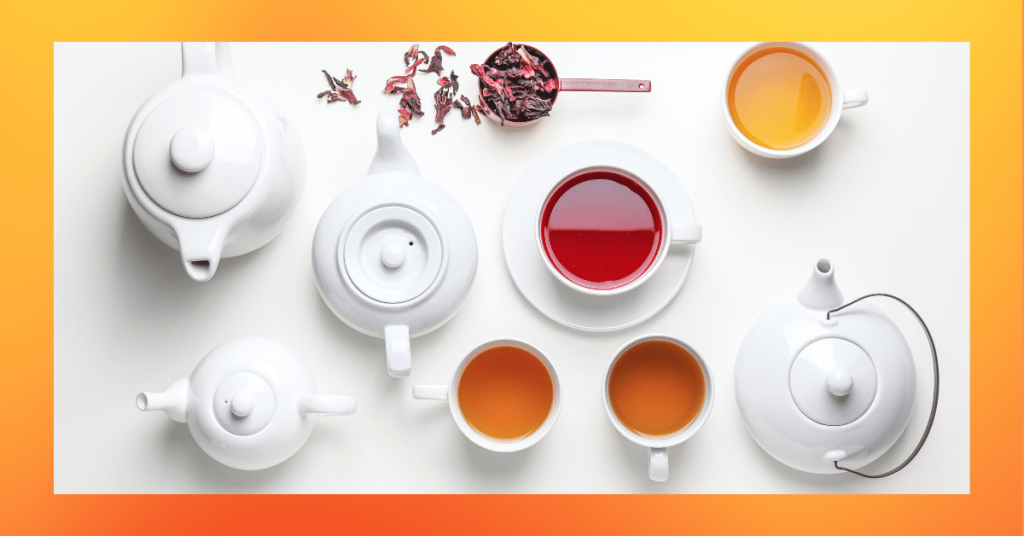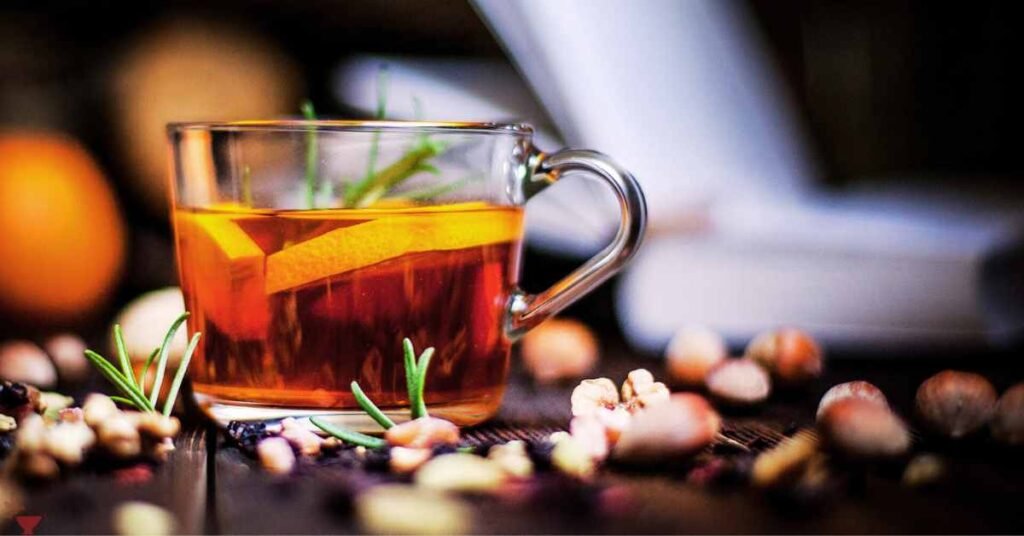Made from fresh buds of Camellia sinensis, green tea is a beverage that has achieved great popularity. It has numerous antioxidant, diuretic, digestive, stimulant, and other properties.
Its production begins after harvesting the leaves, which first go through a roasting process (they are toasted). Then they are rolled, crushed, and dried. These dried leaves are the ones you put in hot water and then drink the infusion.
However, this last step is the basic one to prepare the drink. Since the remote time of its culinary discovery, green tea has been mutating in its cultivation and production methods, to give way to tasty and aromatic variations.

Green Tea Varieties
Different blends and ways of handling the leaves make the Camellia sinensis beverage take on different types. Numerous recipes have been developed in various Asian regions that impose changes in flavor, texture, and even smell. For example, in China, the leaves are usually dried in the oven. On the other hand, in Japan, they are boiled to slow down oxidation.
Although there are many more, some of the best-known varieties include
- Gunpowder tea: it got its name gunpowder because of how its leaves are processed. It is of Chinese origin and is among the most popular today. Its flavor is slightly bitter and it is usually prepared with mint.

- Matcha tea: like Karigane, it is originally from Japan and was usually served in tea ceremonies in that region. Its leaves are crushed in stone mills so they become a green powder. It can be drunk hot or cold and is also used to prepare various foods, including desserts.
- Karigane tea: Japanese green tea with a pale color and a mild flavor. It is considered one of the best of its kind. Its harvesting and production methods are peculiar because the leaf is protected from sunlight before being plucked. This raises the levels of theine and lowers those of catechins, which gives sweetness to the beverage.
- Sencha tea: has a fresh flavor and aroma that resembles that of green leafy vegetables. Its leaves are previously cooked, hence its name, which means cooked in Japanese. It is preferably drunk cold.
- Mao Feng Tea: it is an excellent Chinese tea with yellow and green tones. It is grown in the high mountains of Zhejiang and its flavor is sweet and vegetal.

How to Choose among Green Tea Varieties?
It all depends on your palate. Some kinds of teas have a sweet and mild flavor, such as Mao Feng, Karigane, Matcha, Kukicha, and Pi Lo Chun.
Others, on the contrary, have a bitter, woody, or very vegetal taste, such as Gunpowder, Hojicha, and Bancha, among others.
In addition, although most can be served both ways, some are better cold and as refreshing drinks, such as Sencha, and others are better hot.
Another factor that will help you choose is the preparation time. While most are around three minutes and no more, some kinds of teas such as Bancha should be steeped for only 1 or 2 minutes. Gunpowder and Sencha require about 4 minutes of brewing.
The water should not exceed 170 degrees Fahrenheit because excessive temperature, as in boiling water, can diminish the properties of Green tea.
Green Tea Benefits

- It has a high polyphenol content, which makes it a powerful antioxidant that fights free radicals responsible for diseases such as cancer and diabetes.
- It prevents hypertension and controls blood pressure levels.
- It is an effective diuretic that protects the urinary tract, relieves fluid retention, and helps to lose weight.
- It is an excellent fat burner and prevents obesity in addition to regulating blood insulin levels.
- It prevents premature skin aging.
- Improves the functioning of the immune and circulatory systems.
- It calms anxiety, causes a feeling of satiety, and at the same time is an excellent mental stimulant, due to its caffeine content. Perfect to get active in the morning.
Medical Disclaimer
Itsnevernotteatime.com cannot and does not contain medical/health advice. The medical/health information is provided for general and educational purposes only and is not a substitute for professional advice.
Statements made on this website regarding the herbal and natural products offered on this website have not been evaluated by the food and drug administration as the FDA does not evaluate or test herbs. This information has not been evaluated by the US Food and Drug Administration, nor has it gone through the rigorous double-blind studies required before a particular product can be deemed truly beneficial or potentially dangerous and prescribed in the treatment of any condition or disease.
It is not meant to substitute for medical advice or diagnosis provided by your physician or other medical professionals. Do not use this information to diagnose, treat or cure any illness or health condition.
Accordingly, before taking any actions based upon such information, we encourage you to consult with the appropriate professionals. We do not provide any kind of medical/health advice. The use or reliance of any information contained on this site is solely at your own risk.
Please visit this FDA website to clear any confusions you have about food and dietary products and their ingredients:
Please visit this FDA website to clear any confusions you have about food and dietary products and their ingredients: https://www.fda.gov/Food/DietarySupplements/default.htm
MEDICAL DISCLAIMER
Itsnevernotteatime.com cannot and does not contain medical/health advice. The medical/health information is provided for general and educational purposes only and is not a substitute for professional advice.




